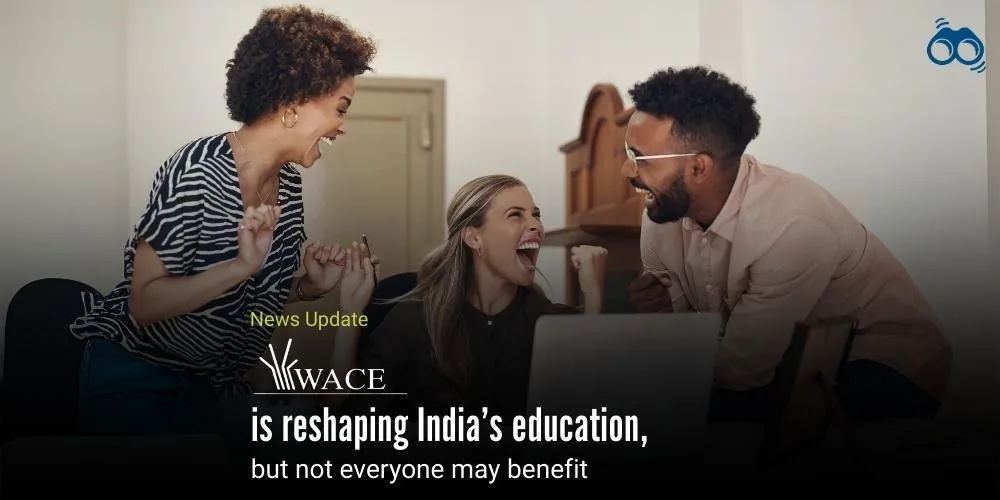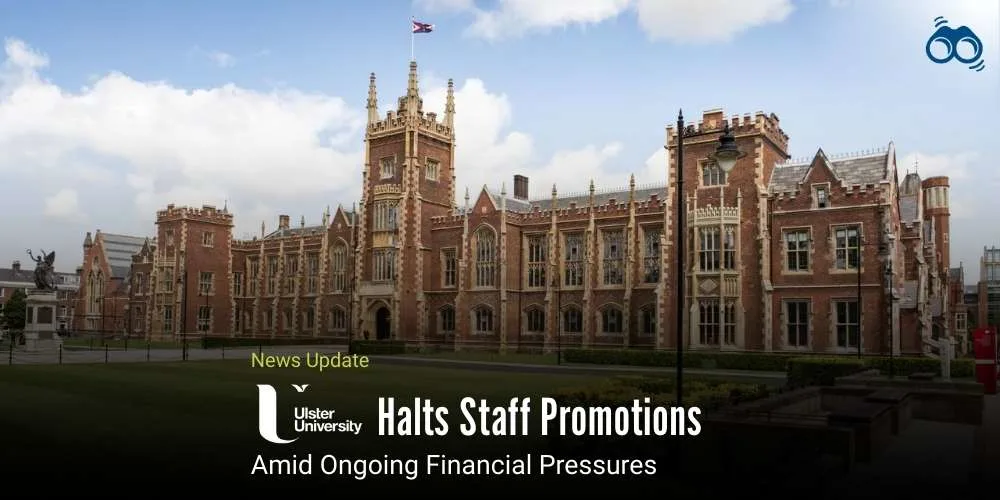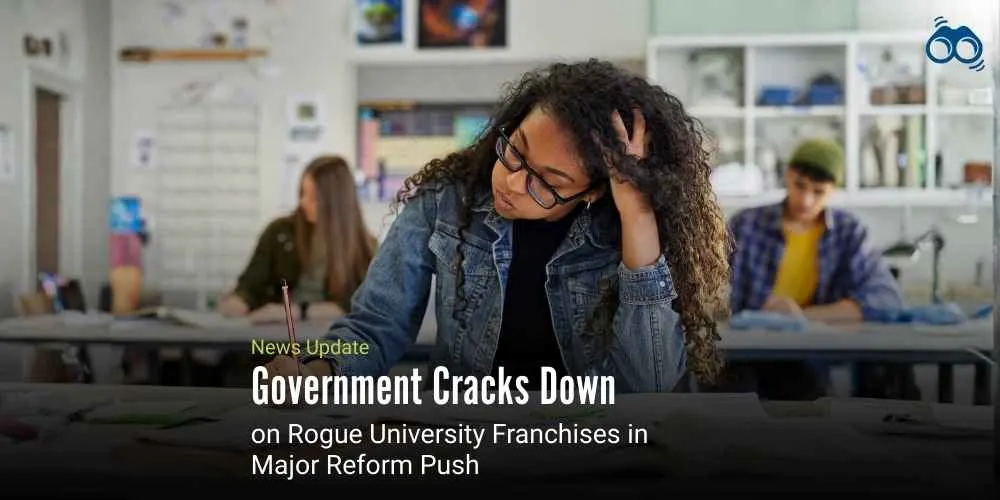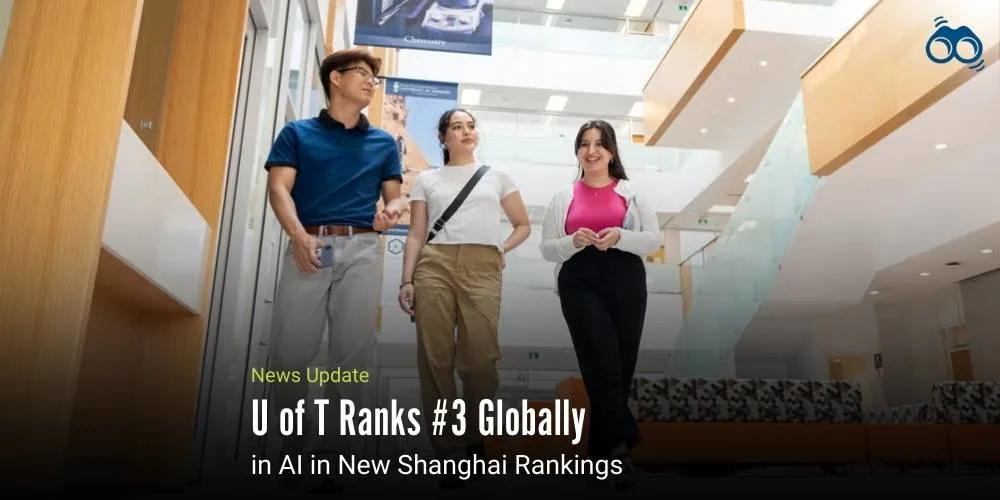New International Curriculum Brings Skill-Based Learning to Indian Classrooms
WACE Debuts in Indian Schools, Offering Dual Pathways for Academic and Vocational Growth
The Western Australian Certificate of Education (WACE) is a senior secondary qualification from Australia, awarded upon completion of Years 11 and 12. Renowned for its flexible academic and vocational pathways, WACE is recognised by universities worldwide and offers students a skills-integrated, internationally benchmarked curriculum. In a significant development for education in India, WACE is now set to be introduced across select institutions, marking the first government-recognised international curriculum to enter the country’s schooling system in over two decades. Positioned as a globally relevant programme, it combines academic rigour with practical competencies, presenting a future-facing alternative for learners seeking access to world-class higher education and career opportunities.
India’s international education landscape already features a range of globally recognised boards, including the International Baccalaureate (IB), Cambridge Assessment International Education (CAIE), Edexcel, and the International Primary Curriculum (IPC), most commonly offered in elite private schools. The entry of WACE adds a new dimension to this space, potentially expanding access to higher education in Australia, the United Kingdom, and the United States, without requiring IELTS or TOEFL, and introducing a curriculum that blends theoretical depth with vocational relevance.
Observers have noted that WACE is not merely another foreign curriculum but a government-backed initiative of the School Curriculum and Standards Authority (SCSA) of Western Australia. Syed Sultan Ahmed, Chairperson of The Association of International Schools of India (TAISI) and Advisor to WACE India, stated that the programme is designed to build strong foundations in critical thinking, problem-solving, and practical skills. He emphasised that WACE aligns with the National Education Policy 2020, particularly its focus on competency-based education, inquiry-driven learning, and the integration of Indian history, languages, and cultural content.
The initial rollout is scheduled to begin in Karnataka, with two schools in Bengaluru and one in Bidar, a Tier II city. WACE plans to expand to 100 partner schools over the next three years, offering pathways to leading universities such as the Ivy League, Oxford, and the Group of Eight in Australia. However, questions have been raised regarding equity and who will truly benefit. Commentators have pointed out that international curricula in India are often associated with high fees and elite institutions, prompting concerns over whether WACE will bridge educational gaps or reinforce existing inequalities.
While the early adopters are predominantly private schools with prior experience in international education, the inclusion of Bidar suggests some outreach beyond Tier I cities. Ahmed noted that WACE had attracted interest from Tier II and Tier III schools aspiring to adopt global education models, adding that the broader goal is to make the curriculum accessible and affordable across India within the next three years.
Affordability has emerged as a central theme in discussions surrounding WACE. Reports indicate that its operational costs are 15–20% lower than those of other international boards, potentially bringing tuition fees closer to those charged by national boards. Ahmed maintained that WACE was designed to be the most affordable international curriculum and could be implemented at a price point comparable to national programmes. Analysts have cautioned, however, that the real impact will depend on whether schools choose to pass these savings on to parents. Questions have also been raised about whether WACE will remain confined to private institutions or eventually extend to government and budget private schools.
To promote teaching equity and broaden access, WACE’s strategy involves collaboration with state governments to strengthen teacher training, student evaluation, and innovative teaching practices. These partnerships are expected to create opportunities for WACE to enter public education spaces, potentially offering world-class exposure and skill-based learning to students in rural and low-income areas. Commentators have warned, however, that delivering such a curriculum will require significant pedagogical shifts, particularly in under-resourced schools. As WACE Australia scales its presence in India, stakeholders continue to assess its potential to reshape international education and advance equity across diverse learning environments. Its long-term impact will depend on inclusive implementation and sustained commitment to bridging educational divides.
Editor’s Note:
India’s education system is going through a quiet but important change. The arrival of the Western Australian Certificate of Education (WACE) is not just about adding another international curriculum. It signals a new way of thinking about global education for Indian students. Until now, boards like IB, CAIE, and Edexcel mainly served wealthy, urban private schools. WACE, however, is being introduced with the promise of affordability, government backing, and alignment with India’s education policies. WACE stands out because it combines academic rigour with vocational skills. India’s current system has long been criticised for focusing too much on exams and theory. WACE offers a competency-based model that encourages practical learning, critical thinking, and flexible pathways. This approach closely reflects the vision of the National Education Policy 2020, which calls for multidisciplinary education and skill development. With approval from the Government of Western Australia, WACE is positioned as a tool that could support India’s reform goals. The rollout has started in Karnataka, including schools in Bangalore and the Tier II city of Bidar. This shows ambition but also caution, since the early adopters are mostly private schools. The question is whether WACE can truly make international education accessible, or whether it will remain limited to elite institutions. Its reach into public schools, state systems, and teacher training will be key. WACE claims to be 15–20% cheaper than other international boards, potentially making global education accessible for middle-income families. However, schools must pass on these savings for true affordability. WACE's promoters are committed to working with state governments on teacher training and curriculum integration, which is crucial for success in India, relying on teacher capacity, infrastructure, and local curriculum fit.
As per Skoobuzz, WACE offers a new kind of international education, affordable, skill-focused, and aligned with national policy. But its success will depend on fair implementation, government partnerships, and a real commitment to equity.














0 Comments (Please Login To Continue)